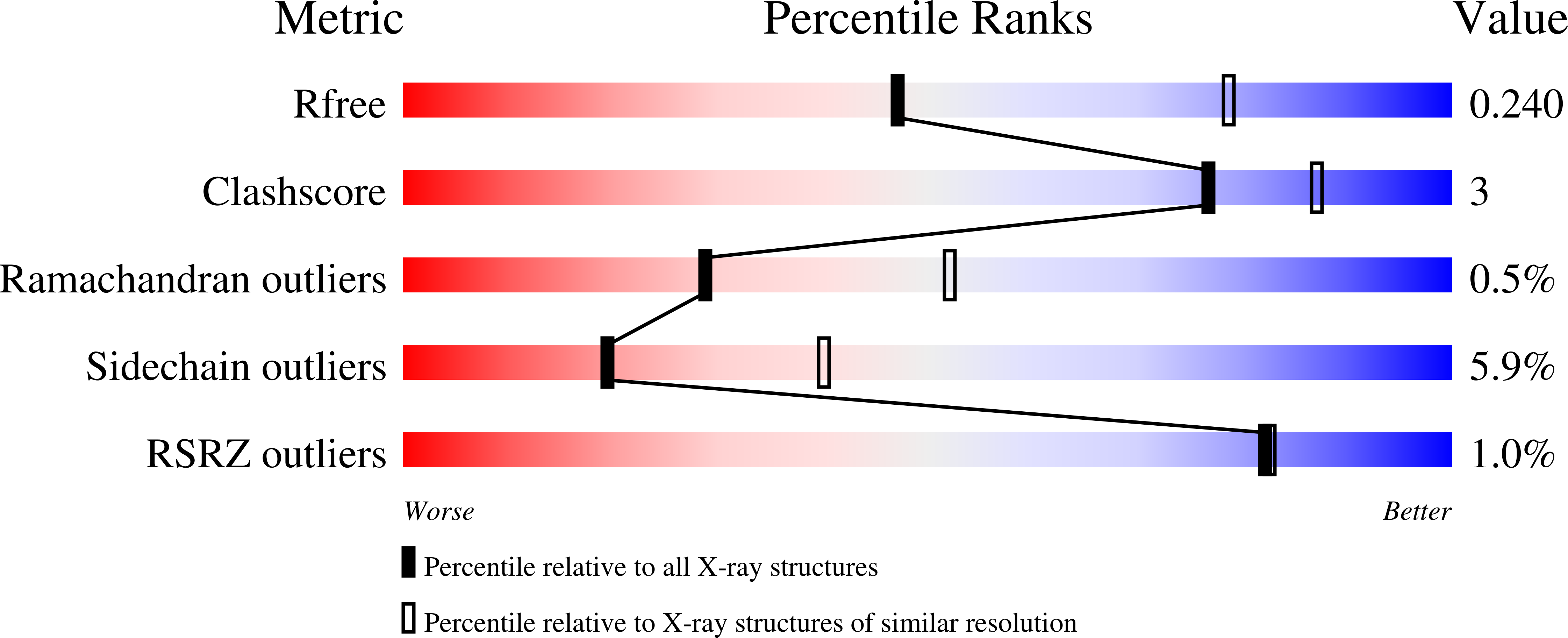
Deposition Date
2003-12-07
Release Date
2004-03-02
Last Version Date
2024-10-30
Entry Detail
PDB ID:
1RQR
Keywords:
Title:
Crystal structure and mechanism of a bacterial fluorinating enzyme, product complex
Biological Source:
Source Organism:
Streptomyces cattleya (Taxon ID: 29303)
Host Organism:
Method Details:
Experimental Method:
Resolution:
2.67 Å
R-Value Free:
0.23
R-Value Work:
0.17
R-Value Observed:
0.17
Space Group:
C 2 2 21


